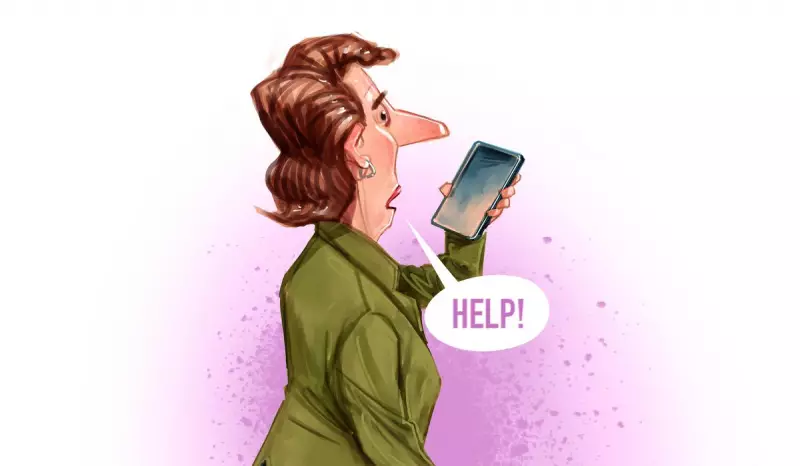
In today's digitally connected world, mobile phones have become dual-edged instruments that can either isolate or connect us. While these devices often serve as weapons of social distraction, they also function as crucial lifelines for those experiencing loneliness and isolation.
The Double-Edged Nature of Mobile Technology
Modern society finds itself grappling with the complex role of mobile phones in daily life. These pocket-sized devices have transformed from simple communication tools into powerful instruments that significantly impact social interactions and mental wellbeing. The very technology designed to connect people across distances can sometimes create barriers between individuals in the same room.
Research indicates that excessive phone use can contribute to social isolation and reduced face-to-face interactions. Many Australians now find themselves physically present but mentally absent, their attention captured by screens rather than the people around them. This phenomenon has become particularly noticeable in public spaces, where groups of people often sit together while individually engaged with their devices.
Transforming Weapons into Lifelines
Despite these challenges, mobile phones possess incredible potential to serve as lifelines, particularly for vulnerable members of our community. For elderly individuals, people with disabilities, or those living in remote areas, these devices can be the primary means of maintaining social connections and accessing essential services.
Community initiatives across Australia are demonstrating how mobile technology can be harnessed for positive social impact. Programs that teach digital literacy skills to older Australians, virtual support groups for people experiencing mental health challenges, and emergency communication systems all rely on mobile technology to function effectively.
The key lies in intentional usage and community awareness. Rather than condemning mobile phones outright, we must recognize their potential as tools for connection when used mindfully. Simple actions like sharing knowledge about useful applications, helping others troubleshoot technical issues, or initiating regular check-in calls can transform these devices from sources of isolation into instruments of support.
Community Responsibility and Action
Every Australian has a role to play in ensuring mobile technology serves as a bridge rather than a barrier. This begins with examining our own phone habits and considering how we might use our devices to strengthen rather than weaken social bonds.
Practical steps include organizing community workshops to share digital skills, establishing phone-based buddy systems for isolated individuals, and creating awareness about mental health applications and support services. Local councils, community centers, and neighborhood groups can lead initiatives that help people harness the connective power of their devices.
The transformation of mobile phones from weapons into lifelines requires collective effort and conscious choice. By recognizing both the dangers and opportunities presented by this technology, communities can develop strategies that maximize benefits while minimizing harm.
As we navigate an increasingly digital world, the challenge remains: will we allow mobile phones to isolate us, or will we harness their power to build stronger, more connected communities? The answer lies in our hands—both literally and figuratively.




